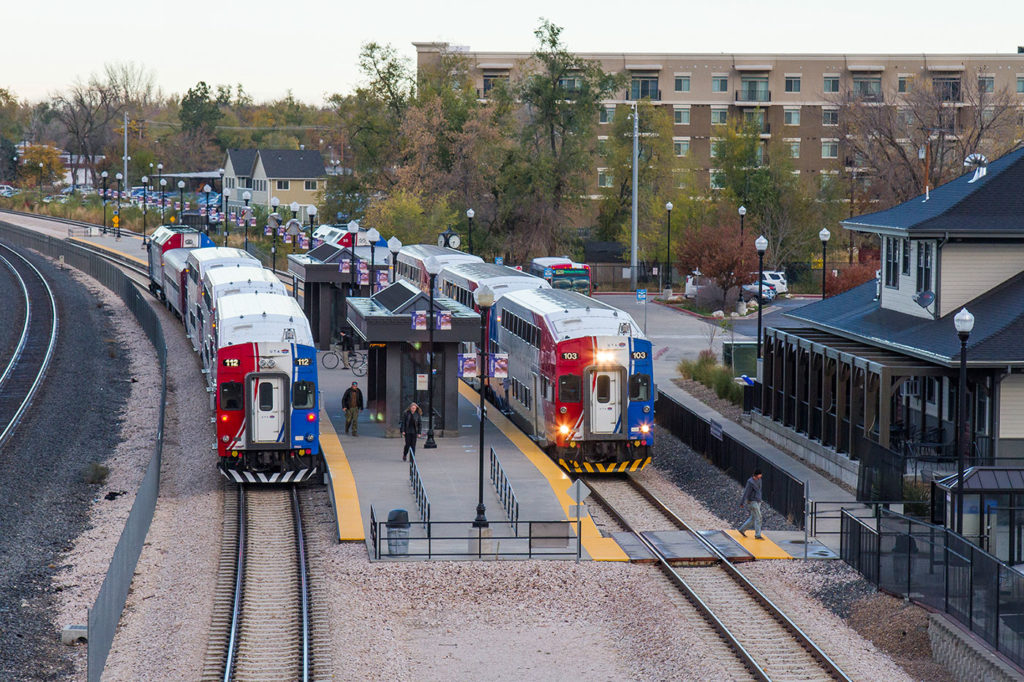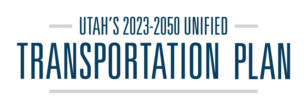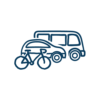Transportation and Quality of Life
Utah’s transportation agencies have been working together, in collaboration with state and local government, businesses and community stakeholders, for many years to jointly plan and invest for the future and this collaboration has contributed significantly to our quality of life. This was enhanced when lawmakers passed a comprehensive transportation bill (SB 136) that addressed funding mechanisms and transportation oversight to continue integrated, long-term planning.
In the 2018 legislative session, lawmakers passed a comprehensive transportation bill that addressed funding mechanisms and transportation oversight to continue integrated, long-term planning. SB 136 directed the Utah Department of Transportation (UDOT) to develop statewide strategic initiatives across all modes of transportation.
Recognizing that Utah’s transportation system is owned, maintained, and operated by many different entities, UDOT convened a committee of stakeholders at the executive and staff levels to develop the statewide vision for transportation. The Stakeholder Committee of executives provided direction for the vision and statewide initiatives. The Technical Committee of staff further developed the statewide initiatives and discussed potential actions for how to achieve the vision.
Based on agreement of Quality of Life as the vision, the committees identified four areas that comprise quality of life to guide transportation policies, planning, and decision-making. Known as the Quality of Life Framework, the four areas are:
Good Health: Encompasses the health of individuals and communities, recognizing the role of active transportation in mental and physical health as well as environmental conditions contributing to health such as air quality and water quality.
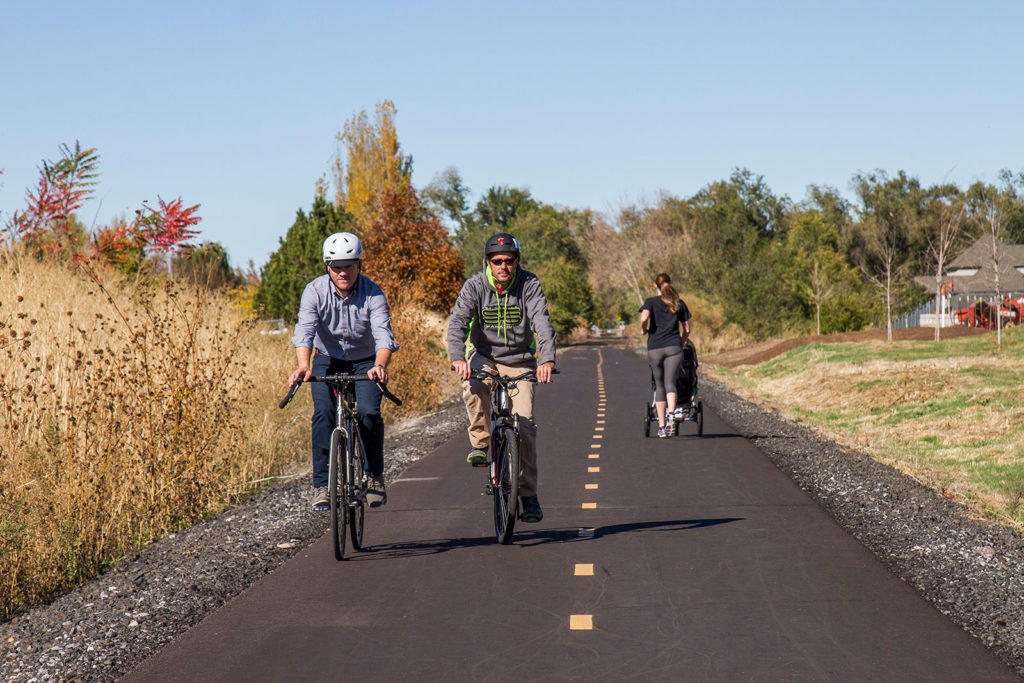
Strong Economy: Recognizes the vital role of transportation in business and commerce. Not just at the intra-state and inter-state level, but also how transportation can help inter-city and intra-city economies.

Better Mobility: Addresses traditional transportation objectives to reduce delay. It’s thinking that goes beyond just moving cars to moving people. Public transit, walking and biking need to become real options for more Utahns.
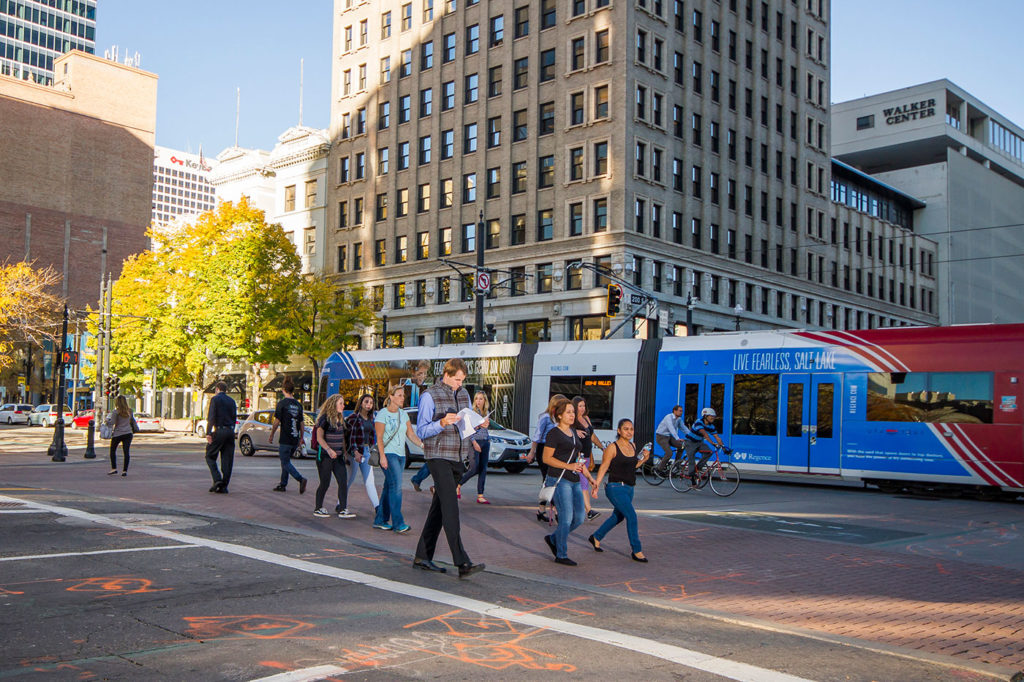
Connected Communities: Points to the intersection of transportation and land use as well as the need for intermodal connections between walking, biking, transit, and vehicle travel.
